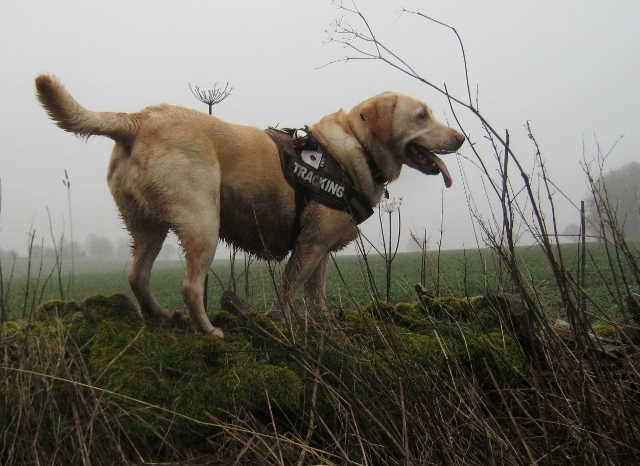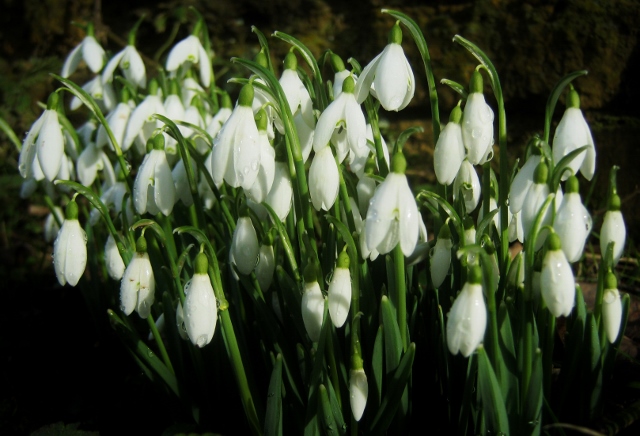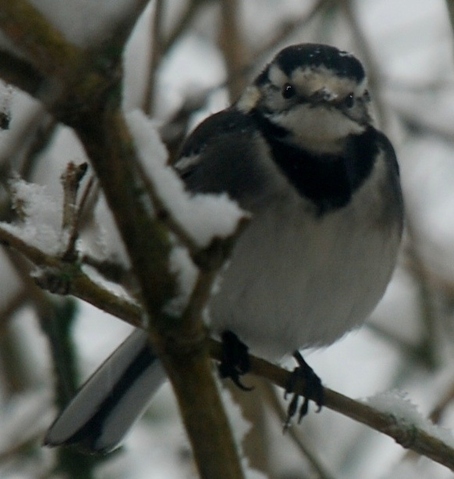Tess is showing a remarkable ability to find Bumble-Bee nests and is always drawn to foraging individuals. She drew my attention to the Red-Tail shown in the photographs which I would otherwise have missed and, since she gets a treat every time she draws my attention to Bumble-Bees on the ground, she’s always keen to discover more.I’m afraid that I don’t recognise the species of what I assume is some kind of Mite on this particular Bee, but I do know that it’s not the devastatingly harmful Varrua Mite which currently cutting a swathe of destruction amongst Honey Bees on both sides of the Atlantic.There are several species of Mite that are relatively harmless to the Bees they infest and simply use them to hitch rides from nest to nest where they feed on Bees wax and various tiny insects and invertebrates.I counted no less than 105 Mites on this Bee alone which is an excessive number that was almost certainly affecting the Bee’s ability to fly.At first I thought they were engorged Varroa Mites, but I was able to remove all of them with the point of my knife without too much difficulty and without harming the Bee itself, so I don’t think that they had punctured the Bee’s “skin” in order to draw off its bodily fluids. It took about half an hour to do and then I released the seemingly unperturbed Bee to carry on about its business.Strangely, I’m seeing far more of these Mite-infested Bees just lately (particularly Red-Tails) and it’s yet another thing that Bees in the UK are having to cope with on an ever-increasing basis.A few Bee facts (courtesy of the Bumble-Bee Conservation Trust)….Until recently, Britain & Ireland had twenty-seven native species of bumble-bee.Unfortunately, three species have already become nationally extinct.A further seven are now designated UKBAP species in direct recognition of their precarious situation.In total fifteen species have undergone major range contractions.Some of these species face imminent extinction unless urgent landscape-scale action is taken.
Bumble-bees are major pollinators of the vast majority of our wildflowers. If they continue to disappear these plants will set less seed, resulting in sweeping changes to the countryside which may then become dominated by a completely different suite of plants. At the very least, our beautiful countryside would lose its colour forever!Additionally, many rare plants will disappear altogether and there is firm evidence that this process is already under-way. These changes will undoubtedly have catastrophic knock-on effects for many other types of wildlife dependent on such plants.Bumble-bees are vitally important “keystone” species and they should be an urgent conservation priority. Sadly, this does not appear to be the case!Bumble-bees are also of enormous commercial importance. Many arable and horticultural crops depend on bumble-bees for pollination to varying degrees. Some, like oilseed rape, can set adequate seed without bumble-bees, provided that there are sufficient honeybees (also in drastic decline), but other crops, including broad, field and runner beans plus a whole range of soft-fruit crops are almost totally dependent on them. Without Bees, there would be little or no crop to harvest. In total, the value of Europe’s insect pollinators is estimated at ‘14.2 billion per annum! It’s an alarming fact that, in some regions where fields tend to be larger than average and there are subsequently fewer hedgerows (in which queens forage in Spring and build their nests), crop yields are already falling dramatically.



